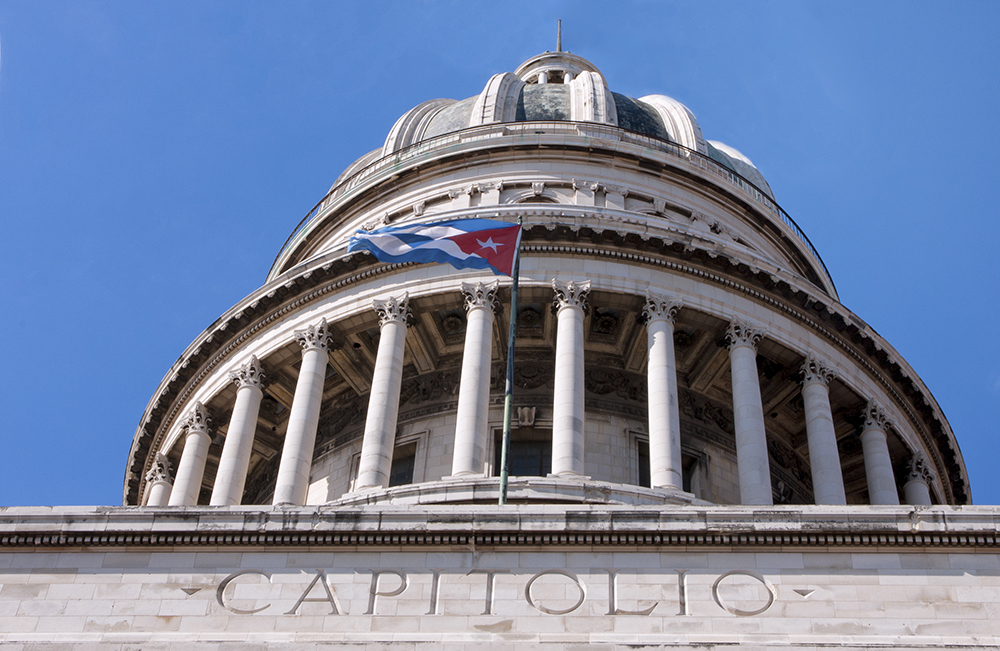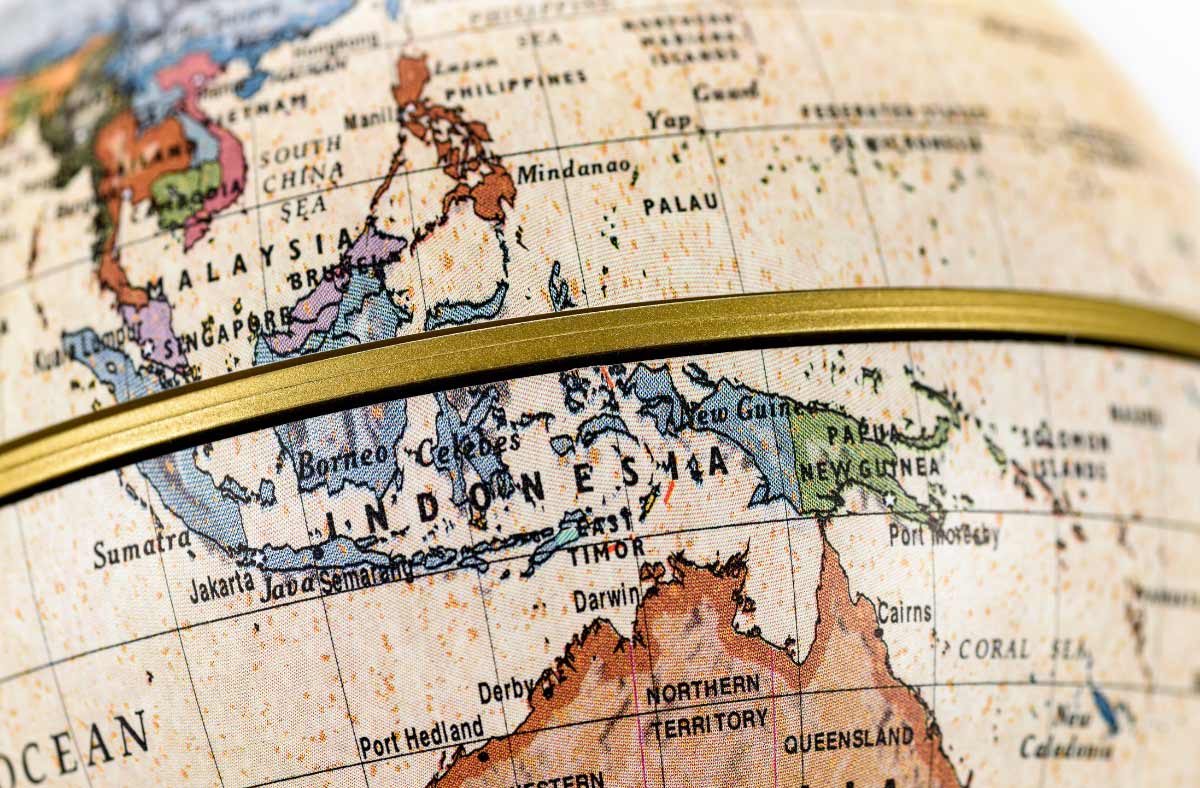
Cuba and Iran are two of the most talked about topics in export compliance lately, and for good reason: both sanctions regimes are undergoing significant changes that have made headlines all over the world.
But that is about where the similarities end. In this two-part series, we will be comparing how each sanctions regime is changing, providing insight into the impact and underlying politics of sanctions.
Obama throws the door open wide for Cuba, but only a crack for Iran
Rarely do we see a diplomatic shift of the magnitude we saw last year, when President Obama announced his intent to re-establish diplomatic relations with Cuba.
The decision came as a surprise to nearly everyone, including the Office of Foreign Assets Control (OFAC). Since then, we have witnessed changes to this sanctions regime at a nearly unprecedented pace and scope.
While Obama and OFAC can only do so much (congressional action is needed to lift the underlying embargo), the changes made so far have created a range of opportunities for U.S. businesses.
On the other end of the spectrum, we have the Iran sanctions program. Unlike what we’ve seen with Cuba, very little has changed.
The tremendous volume of reporting surrounding the Joint Comprehensive Plan of Action (“JCPOA”), reached July 14, 2015, seems to suggest that the sanctions regime will soon be lifted and Iran will be open for business. In reality, that expectation is far from accurate.
Even if Iran adheres to its JCPOA commitments, as verified by the International Atomic Energy Agency (IAEA), only a very small subset of U.S. sanctions on Iran will be lifted. These will be largely secondary sanctions that only target non-U.S. persons. The majority of the sanctions, in place to achieve humanitarian and anti-terrorism goals, will remain in place.
When considering these two sanctions regimes and recent changes, it is critical to keep in mind that U.S. export policies are based on broad diplomatic goals – mainly anti-terrorism, humanitarian, pro-democracy, and nuclear non-proliferation.
OFAC’s goal is to further these diplomatic goals; of course, in the process they add a thick layer of complexity to conducting business in the U.S.
Understanding the underlying diplomatic goals makes interpreting regulations for sanctions compliance easier, and accepting the additional complexity more bearable.
Cuban sanctions relief reflects 3 main goals
On December 17, 2014, President Obama announced that he was taking steps to “increase travel, commerce, and the flow of information to and from Cuba[,]” to foster “people-to-people engagement.”
Just over one year later, the changes to the Cuba sanction program reflect that goal.
The new, more relaxed regulatory policies rotate around those three areas: travel, commerce, and information.
Travel restrictions were lifted – quickly. Travel within twelve defined categories is now allowed under a general license, whereas before all travel had required a specific license. These twelve categories are:
1. Family visits (§515.561);
2. Official business of the U.S. government, foreign governments, and certain intergovernmental organizations (§515.562);
3. Journalistic activity (§515.563);
4. Professional research and professional meetings (§515.564);
5. Educational activities (§515.565);
6. Religious activities (§515.566);
7. Public performances, clinics, workshops, athletic and other competitions, and exhibitions (§515.567);
8. Support for the Cuban people (§515.574);
9. Humanitarian projects (§515.575);
10. Activities of private foundations, or research or educational institutes (§515.576);
11. Exportation, importation, or transmission of information or informational materials (§515.545);
12. Certain export transactions that may be considered for authorization under existing Department of Commerce regulations and guidelines with respect to Cuba or engaged in by U.S.-owned or -controlled foreign firms (§§515.533 and 515.559).
Travel restrictions loosened to aid trade
As you can see, despite what some travel agents may say, this does not allow for open tourism to Cuba. Of particular interest to U.S. businesses are categories 4, professional research and meetings, and 12, “certain export transactions” related travel. These two allow for travel in pursuit of commercial transactions with Cuba.
In combination with the loosening of travel restrictions, regulations were also eased in areas related to allowing this type of travel. Examples include goods and services that keep air travel safe, consumer communication devices, telecommunications, and certain financial transactions. Most activity connected with these areas do not require a license.
Several months later, OFAC continued to adjust regulations relating to these areas, including expanded eligibility for certain license exceptions, such as for private aircraft on temporary sojourn.
Around the same time, the U.S. also removed Cuba from Country Group E:1, designated state sponsors of terrorism. This provided for the loosening of many arms control and dual-use item regulations.
In September 2015, OFAC announced more changes to ease restrictions, all primarily extending from the same general categories.
For travel, it allowed for the opening and closing of related accounts. Business carrier services were also granted more leeway for export-related travel to allow necessary products and services for safe air travel, including travel directly to or from the U.S.
Things are getting easier for US-Cuban business
Changes were also made to regulations regarding business conduct. A physical presence and operations in Cuba are now permitted for certain categories of U.S. businesses, most related to communications, such as news bureaus, mail transmission services, and internet based services.
To accomplish these activities, U.S. businesses are permitted to send U.S. employees to Cuba and open bank accounts. In the reverse direction, limited hiring of Cuban nationals is also permitted.
U.S. businesses that provide goods or services related to these general categories should explore the opportunity to begin conducting business. However, companies should remain cautious and diligently review remaining sanctions to make sure they do not inadvertently run afoul of them.
Despite the significant opening of commerce, travel, and information flow with Cuba, the underlying boycott remains law and OFAC continues to enforce it.
OFAC has stated that it is “optimistic” about the continued relaxation of the relationship between the two countries. However, since significant further changes will require Congressional action, and 2016 is an election year, there are no guarantees.
Is your business considering venturing into the opening Cuban market? What are some of the best import export opportunities in the Cuban market?







disqus comments